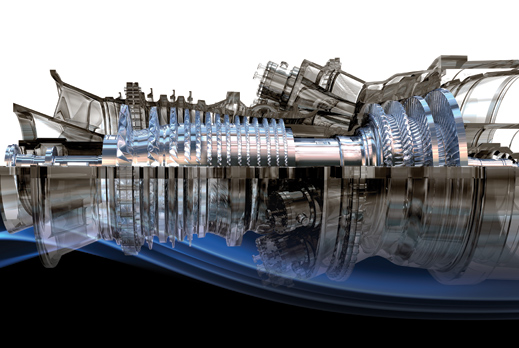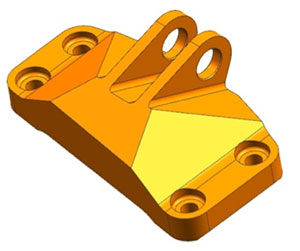I’ve given speeches to business and academic audiences around the world for nearly 30 years, but haven’t tried my hand at paid public speaking until now!
However, I feel so strongly about the transformational potential of the Internet of Things that I want to evangelize on the Big Stage now, reaching corporate management, associations, and — very important — college and university students, with the message about how the IoT will change everything, and the challenges and opportunities it will bring.
So, I’ve added a new page to this site, promoting myself as a paid speaker and seminar leader.
While I’m glad to custom-craft a speech to your audience’s interests, I have several main ones tailored to various needs:
“It’s Not Just About Things, It’s About People… and Their Dreams”. Sometimes the emphasis on Internet of Things technology obscures the deeper truth: the IoT is really all about people – and improving their lives. This speech introduces laypeople and business leaders to the Internet of Things’ potential to transform every aspect of life for the better! From slippers that save the elderly from falls to hyper-efficient assembly lines that bring manufacturing jobs back to America, I give an uplifting, rapid-fire overview of the many ways the IoT is already changing our lives – and preview the even greater changes to come! I also talk about the important steps, such as new mind sets that value sharing information over hoarding it, that are necessary to fully realize the IoT’s potential.
Josh Siegel is 24. He is Reinventing the Auto Industry (this lecture is specifically aimed at college students). Josh Siegel is a 24-year old Detroiter, MIT grad student and entrepreneur. He uses the IoT to reinvent cars – whether or not Detroit is ready. Alexandra Deschamps-Sonsino is 32, and created an IoT sensation, the Good Night Lamp. Dulcey Madden is 32 (her partners are both 24), and her Peeko “onsie” is saving the lives of infants who might otherwise die from Sudden Infant Death Syndrome.
In this lecture you’ll hear about these and other young visionaries and inventors who are discovering new entrepreneurial opportunities in the Internet of Things. I challenge young listeners: what’s your passion? How will you find satisfying – and enriching – work in this exciting new field? What problem can you solve by inventing an IoT device?
P.S: Ask me to stay around the day after my speech to meet with your senior staff to advise them on how the IoT will affect your college or university, and how you can use it to increase efficiency and cut operating costs!
“I … see all … the devices in your home and … control them”. That’s how a Forbes reporter woke up an unsuspecting homeowner who’d bought an advanced home automation system – and got non-existent security in the bargain!
The Internet of Things might come to a grinding halt if the public and companies feel that their privacy and security are being violated. That’s a very real possibility – former CIA director David Petraeus waxed poetic about its potential as a spycraft tool, and a number of sensationalistic mainstream media reports have detailed the possible dangers of lax IoT privacy and security measures.
In this speech, I may scare you, but I’ll definitely get your attention! I lay out all the risks, issue a challenge to everyone involved in the IoT to make security and privacy a priority, and detail the current state of collaborative efforts to improve security and privacy.
I’m enthusiastic, well-informed, witty, (add positive adjective of your choice here …… , LOL) and convincing! If you’re interested in booking me, just fill out the contact form and download my “speaker one sheet.”



